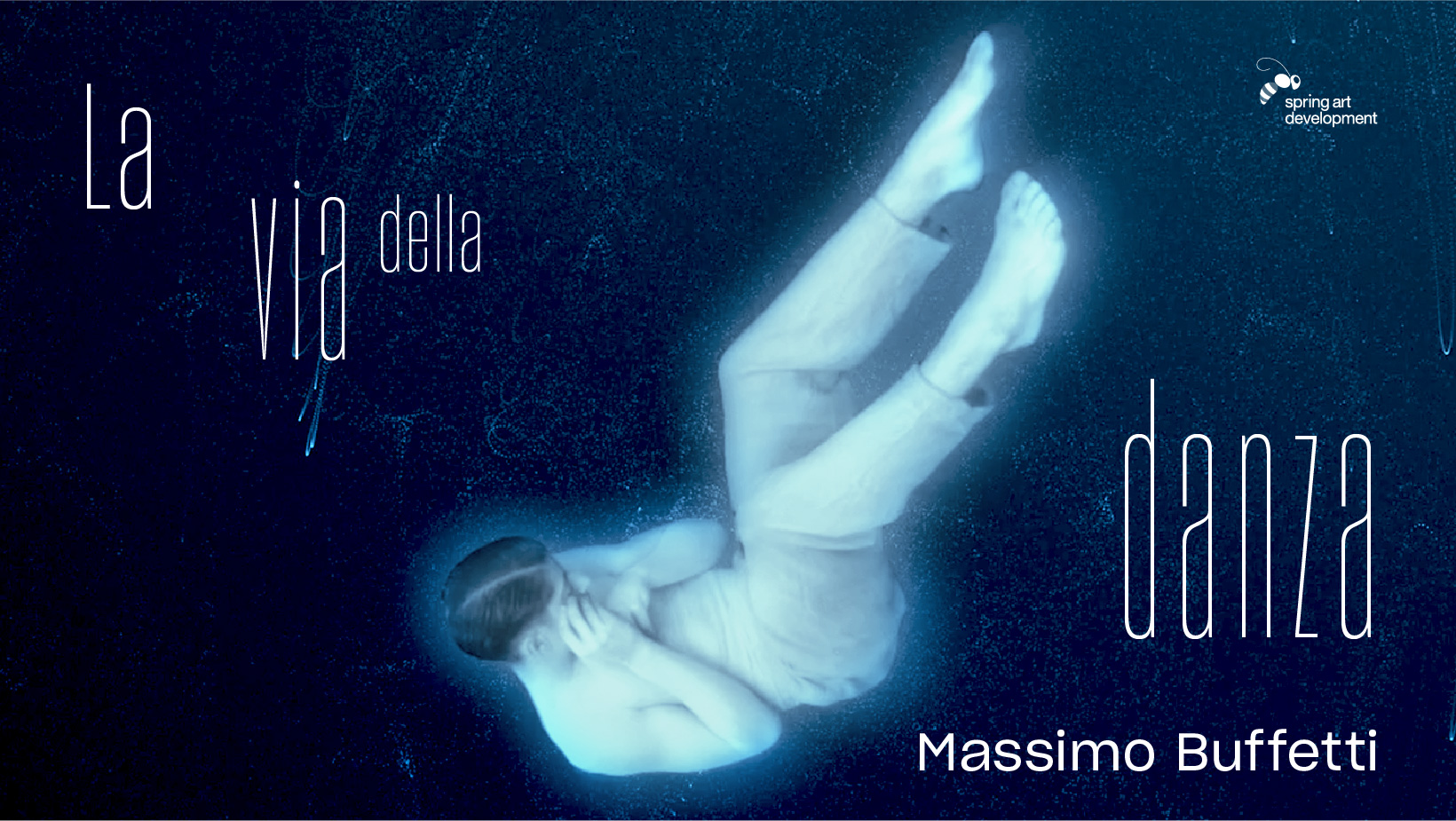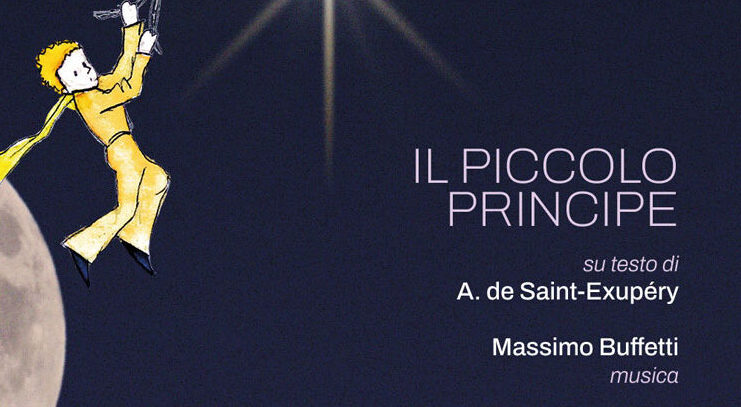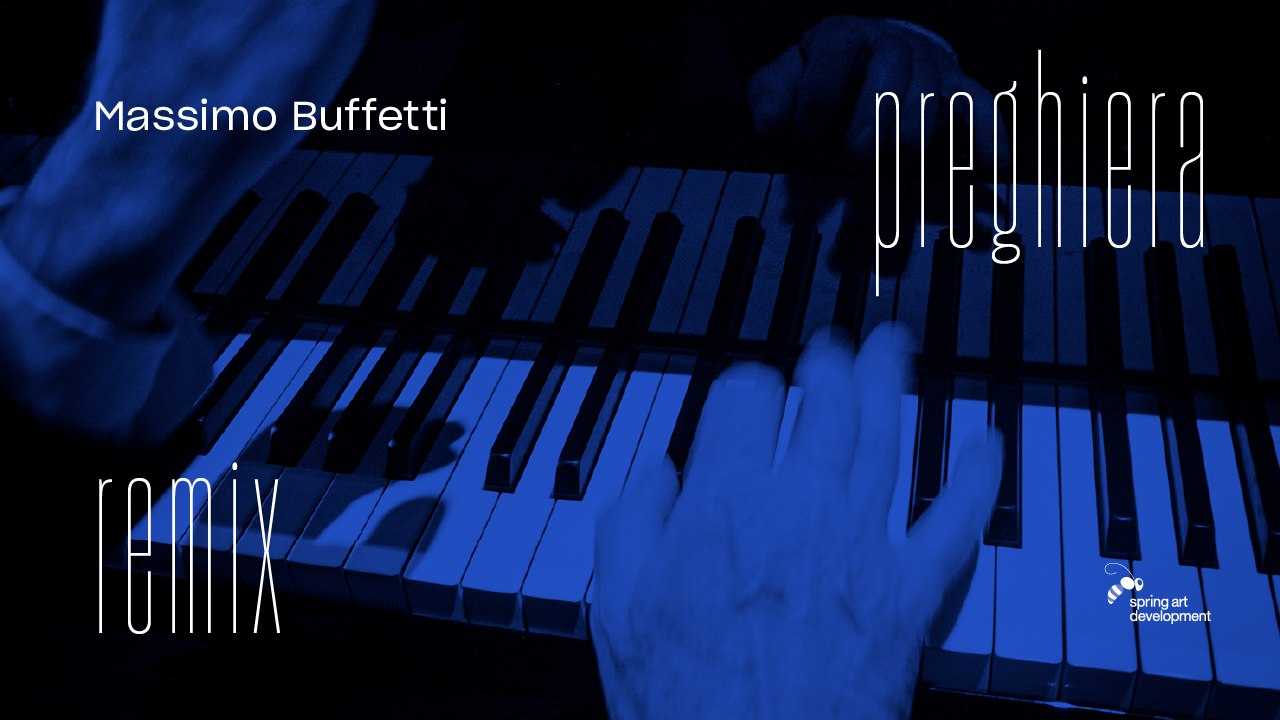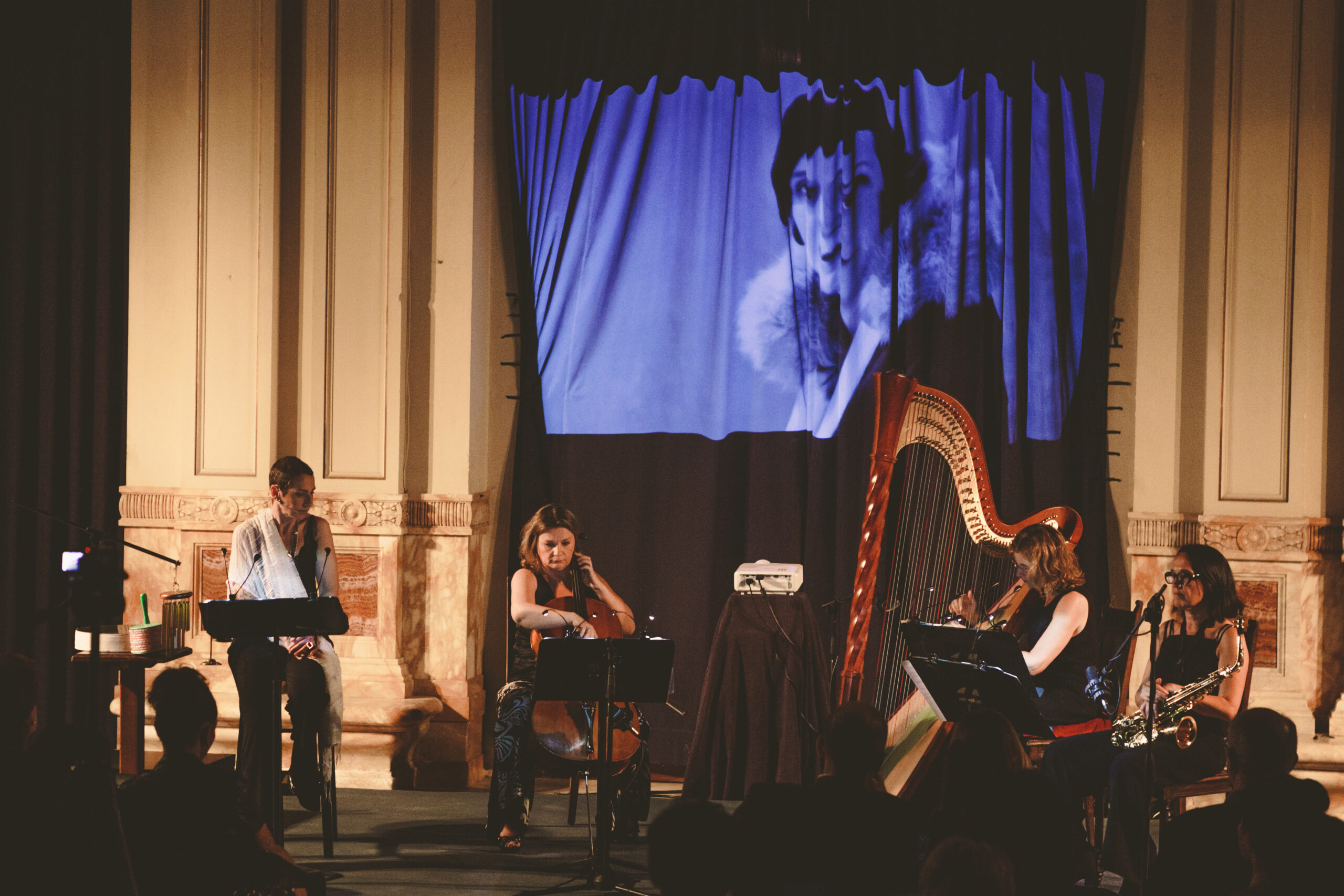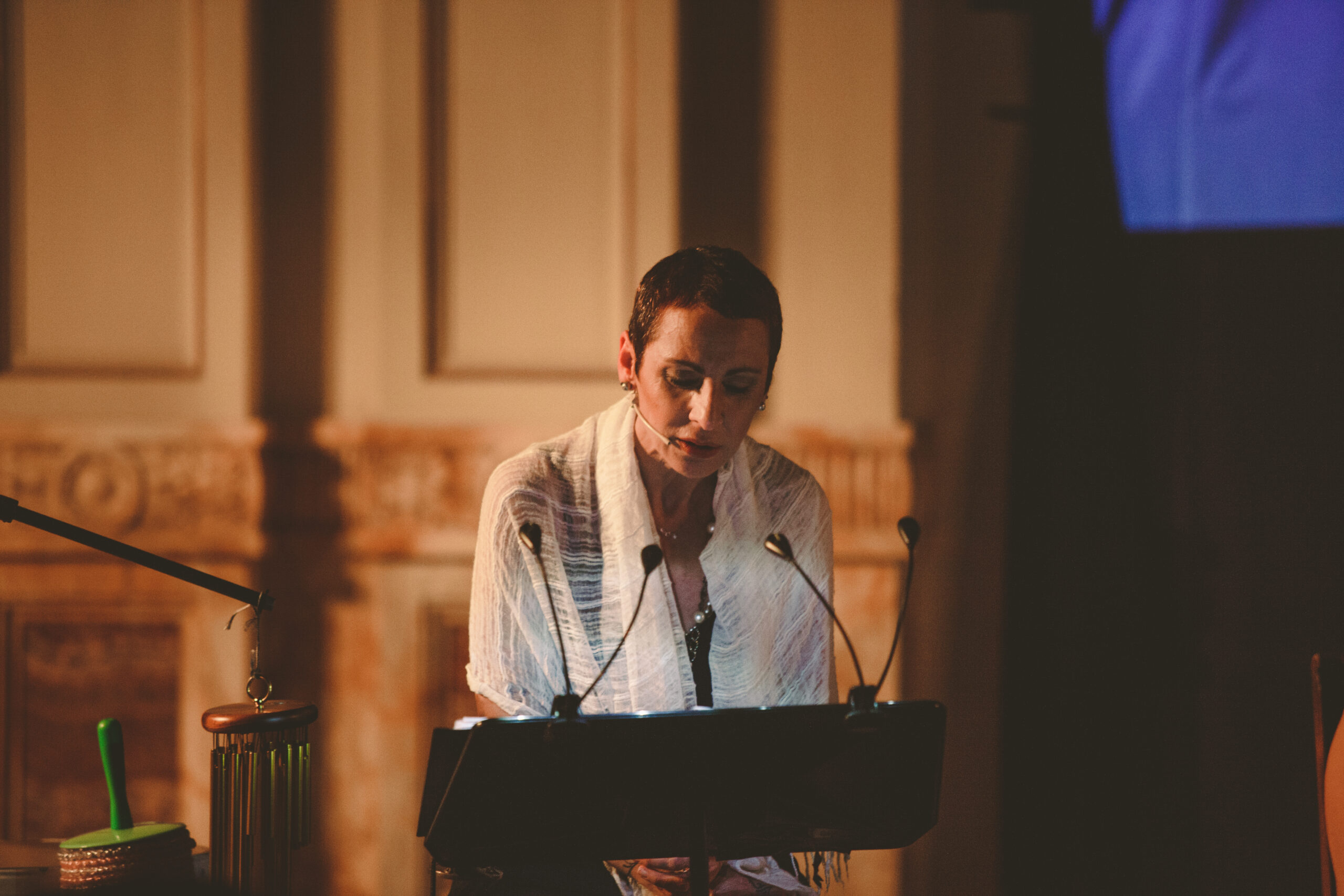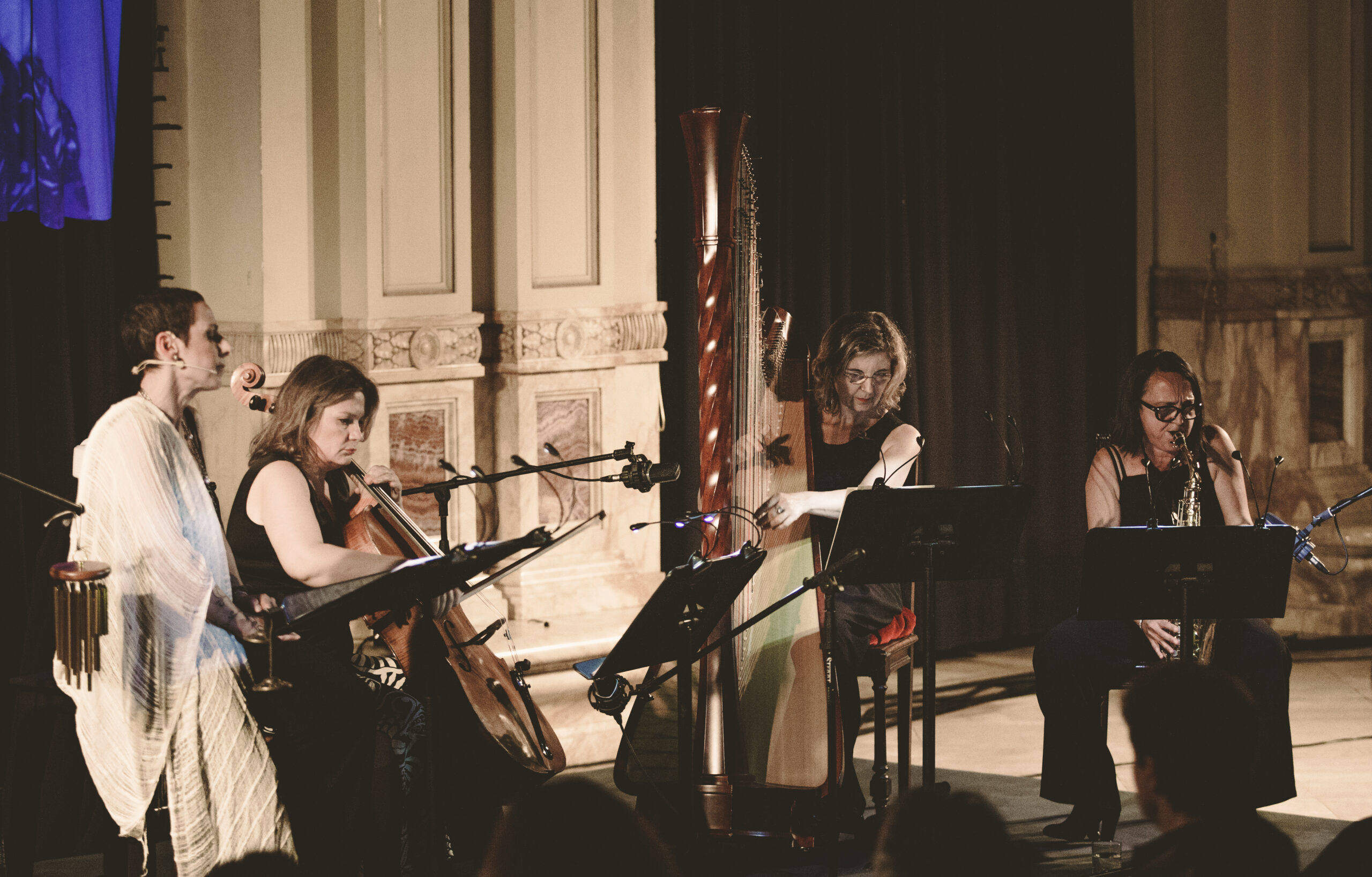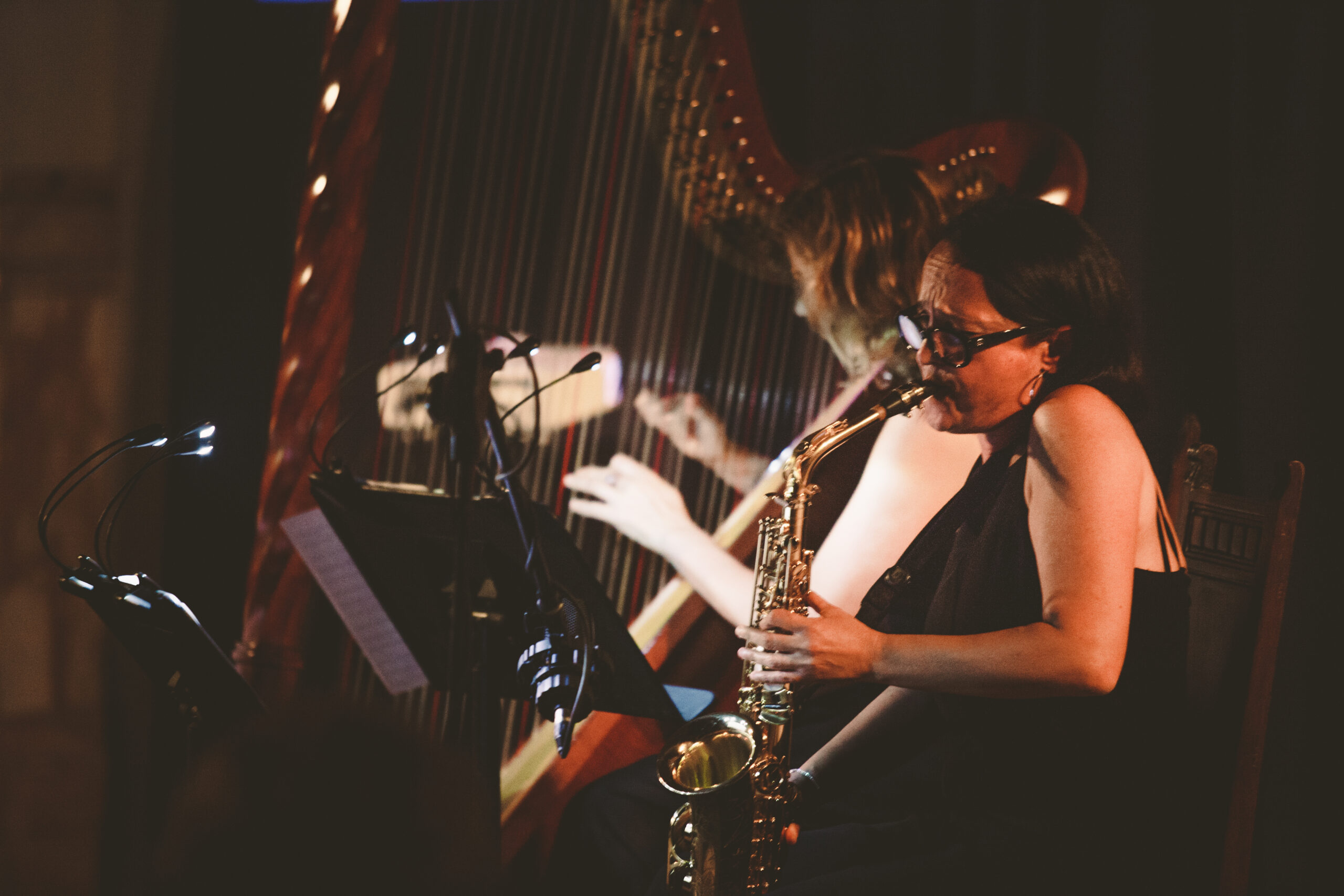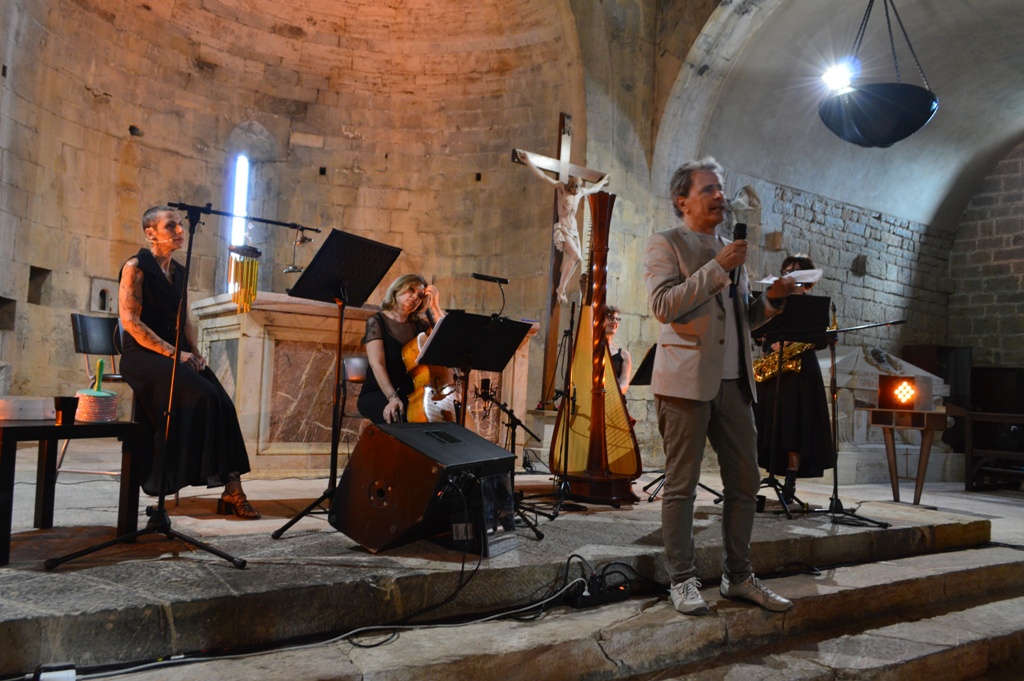About the women…
GERMAINE TAILLEFERRE
1892/1983
Asked at the age of eighty-nine if she has encountered any obstacles in her musical life, she replied: “Yes! Always! I married an American who went mad. The first thing he did was to give me a toy piano. The second husband while I was writing, with Paul Valery, he kept stopping me. I quickly became famous with Les Six and that irritated him. My life was very difficult and I don’t like to talk about it because I write music as a liberation. But everything was against me, no matter what“.
Germaine Tailleferre began her musical studies against the wishes of her family and society, which considered women unsuitable for composition. She moved to Paris, studied with Koechlin and Ravel and met Milhaud and Honneger at the Conservatoire. In Monmartre she met Apollinaire, Picasso and Modigliani and increased the number of her published and performed works. Marriage took her to New York, where she frequented the world of cinema and became friends with Charlie Chaplin, who offered her to compose soundtracks for Hollywood, but her husband objected and prevented her from working. Germaine divorced him, returned to Paris and began composing again. Once again in the United States during the Second World War, she stayed in France from 1946 until her death, working almost exclusively on film and documentary soundtracks. Germaine wrote a great deal, from opera to ballet, from symphonic to chamber music, from concertos to cantatas, with creativity, sensitivity, elegance and profound culture, fighting against the prejudices associated with the mere fact of being a woman.
CATHY BERBERIAN
1925/1983
Mezzo-soprano, composer and translator, she is a leading figure in contemporary music of the 1960s and 1970s, Grammy Award 1972, 1973 and 1974, Grand Prix du Disque. She has sung in the world’s most important concert halls and theatres, interpreting the music of Maderna, Berio (to whom she was married), Nono, Dallapiccola, Cage, Weill, Petrassi in world premieres. An extraordinary artist with a unique talent, a versatile and intelligent voice, a commanding stage presence and a legendary wit, she sang in five different languages in the same concert.
In her own words, she describes herself as follows:
Intro for Cathy
VIOLETA PARRA
1917/1967
The Chilean singer-songwriter, poet and painter dedicates her ‘vida’ to the recovery and dissemination of Chilean folk traditions. Her songs denounce and protest against social injustice.
The third of nine children, to cope with economic hardship she sang and played with her brothers in the streets, circuses and brothels, and began to explore the popular traditions of her country. Her first successes came in the early 1950s, and she became known throughout Chile after meeting Pablo Neruda and Pablo Rokha. She began her ‘infinite journey’, which produced popular songs, poetic masterpieces, pillars of the Nueva Canciòn Chilena movement. During the Pinochet dictatorship, his children Isabel and Angel were at his side in the artistic parabola.
In 1954, she was awarded the Caupolicn flolklorist, which took her to Europe and the Soviet Union, where she recorded and where her real international success began. A victim of restlessness, always looking for ways to express herself, she devoted herself to painting, ceramics and other art forms and chose to live in France for a few years, where she exhibited at the Louvre in 1964. There she met the love of her life, the Swiss musicologist and anthropologist Gilbert Favré, and wrote songs with lyrics that were “angry” at society and the Church. She returned to Chile in 1965, but the misunderstanding of the Chilean public and the end of her relationship with Favré led to the end of her ‘viaje’, which would remain endless: Gracias a la Vida, perhaps the most beautiful hymn to life, written shortly before her suicide, is like a testament.
GABRIELLA BARTOLOMEI
She studied singing at the Luigi Cherubini Conservatory in Florence with Maestro Marino Cremesini and drama with Nella Bonora and Tatiana Pavlova. She developed the fusion of the language of music, theatre and gesture in her theatre work with the director Pier’alli and deepened her studies with Renzo Frangipane. The vocal and interpretative expressions that have made her internationally famous have been constantly refined through the study of the word in its extended landscape, including the aspect of sound. In this sense, and as she herself defines it, her interventions produce “vocal writings” in relation to the texts, which she reduces to their essence, rediscovering and updating their hidden musicality. This research has allowed her to collaborate with some of the greatest contemporary composers (Sylvano Bussotti, Salvatore Sciarrino, Giorgio Battistelli, Daniele Lombardi) and to have a repertoire of considerable interest and originality. She is the author of “Le scritture, vocali”, published by Maurizio Corraini Edizioni in 2020.
MALALA YOUSAFZAI
1997
She is the youngest Pakistani Nobel Peace Prize laureate and an activist for civil rights and the right to education. At the age of eleven, she started a blog for the BBC, documenting the Pakistani Taliban regime, its military occupation of the area where she lives and the suppression of women’s rights. She hides her identity by using the name Gul Makai to write her diary because the Taliban have threatened her with death. In 2012, on her way home from school, she was attacked, later claimed by the Pakistani Taliban, who declared her a symbol of infidelity and obscenity. She survived and continues to fight in the echo of her words ‘they will never kill my dreams’. In 2013, at the age of sixteen, she spoke at the United Nations headquarters in New York and launched an appeal, a cry, for children’s right to education that moved, shocked and inflamed the whole world.
The Sakharov Prize for Freedom, in her words, all the strength of those who fight and speak for those who have no voice:
